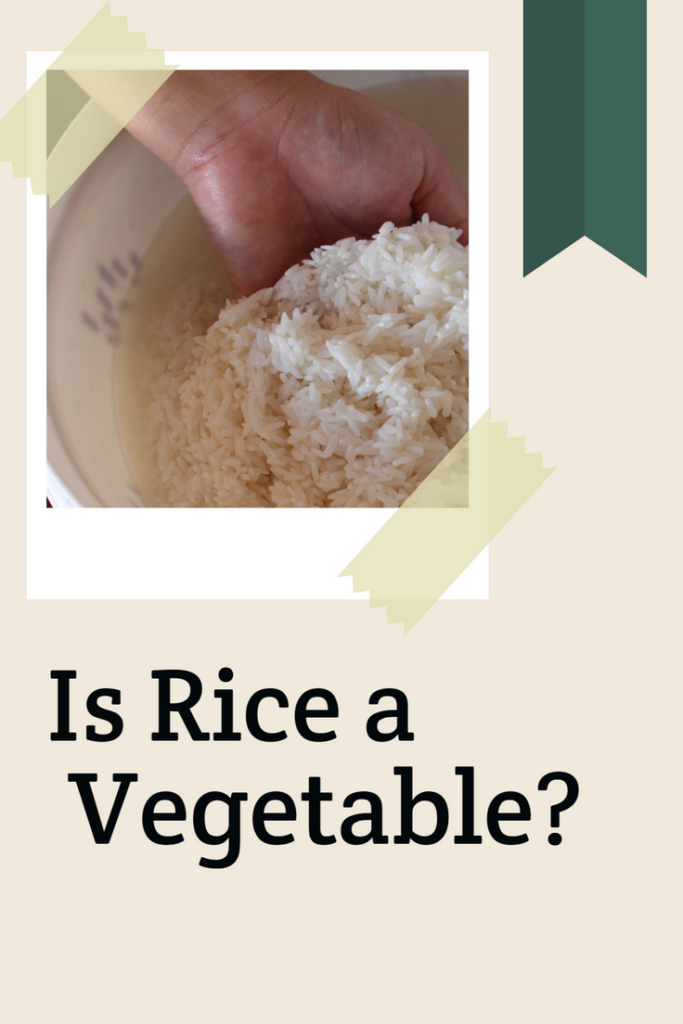Is Rice a Vegetable?
When it comes to dietary staples, rice often takes the spotlight due to its ubiquity and role in many culinary traditions. I’m here to shed light on the question: Is rice a vegetable? Let’s delve into the intriguing world of food classification and explore the reasons behind this common confusion.
Understanding Rice and Vegetables
Before we delve into the question at hand, let’s establish a clear understanding of what rice and vegetables truly are. Rice is a cereal grain derived from the Oryza sativa plant, cherished for its ability to provide sustenance and energy. In contrast, vegetables are diverse edible plant parts that encompass everything from crisp lettuce leaves to hearty sweet potatoes.
Rice: A Grain, Not a Vegetable
Botanically speaking, rice is unequivocally classified as a grain. It belongs to the grass family and boasts a distinctive structure that sets it apart from vegetables. Each rice grain comprises several layers, including the bran and endosperm, packed with carbohydrates that fuel our bodies.
Now, let’s pivot our attention to vegetables. These colorful powerhouses are a treasure trove of nutrients, from vitamins and minerals to dietary fiber. The diverse categories of vegetables—leafy greens, root vegetables, cruciferous delights, and more—ensure a range of health benefits when incorporated into meals.
Nutritional Value of Rice
In terms of nutrition, rice holds its own. While it might not offer the vibrant spectrum of vitamins and minerals that vegetables do, it excels in providing a concentrated source of carbohydrates—our primary energy source. This makes rice an essential component of diets worldwide, especially in regions where it forms the foundation of many meals.
Rice and Vegetables in the Diet
Balanced nutrition is all about synergy. While rice offers energy, vegetables contribute a wide array of nutrients that support our overall well-being. Picture a wholesome plate where rice’s satisfying carbohydrates coexist with the vibrant goodness of vegetables. It’s a culinary partnership that promises both satiety and health.
Rice as a Staple Food
It’s hard to ignore the cultural significance of rice as a staple food in numerous societies. From the fragrant basmati rice of India to the short-grain varieties in Japan, rice plays a foundational role in shaping cultural identities and culinary traditions. Here are some of the different strains of rice from all over the world:
- Basmati Rice: Hailing from the foothills of the Himalayas, Basmati rice is renowned for its distinct aroma, long grains, and delicate, nutty flavor. This rice variety enhances dishes with its fragrance and pairs wonderfully with curries and biryanis.
- Jasmine Rice: Originating in Thailand, Jasmine rice is recognized for its soft, slightly sticky texture and subtle floral aroma. It complements Thai and Southeast Asian cuisine and is a perfect match for stir-fries and coconut-based dishes.
- Arborio Rice: This Italian short-grain rice is the star of creamy risottos. Its high starch content lends a creamy consistency to dishes as it slowly absorbs liquids, making it ideal for slow-cooked recipes.
- Sushi Rice: Also known as “shari” or “sumeshi,” sushi rice is a short-grain variety used in making sushi. Its stickiness allows for shaping and binding the ingredients in sushi rolls.
- Wild Rice: Despite its name, wild rice is not a true rice but rather a grass seed. Native to North America, it has a nutty, earthy flavor and is often mixed with other rice varieties or used in salads.
- Black Rice: Also called “forbidden rice,” this rice variety has a dark, purplish-black color and a slightly sweet, nutty taste. It’s rich in antioxidants and nutrients and adds a dramatic touch to dishes.
- Red Rice: With its reddish-brown bran layer, red rice has a chewy texture and a slightly nutty flavor. It’s often used in salads, pilafs, and side dishes.
- Sticky Rice (Glutinous Rice): Popular in East and Southeast Asia, sticky rice is sticky when cooked due to its high amylopectin content. It’s used in both sweet and savory dishes, from rice dumplings to mango sticky rice.
Misconceptions About Rice as a Vegetable
The misconception of rice as a vegetable often stems from its common use in meals as a filling component. While it might dominate a plate, remember that rice’s botanical identity as a grain remains unaltered. Vegetables boast a unique nutrient profile that’s hard to replicate. They’re rich in vitamins like A, C, and K, along with minerals like potassium and magnesium. Additionally, the phytochemicals present in vegetables act as antioxidants, safeguarding our cells from damage. Striking a balance is the essence of a healthy diet. Consider crafting meals that feature a harmonious blend of rice and vegetables. From stir-fries brimming with colorful produce to grain bowls crowned with nutrient-packed veggies, the options are endless.
Last words…
In conclusion, while the question “Is rice a vegetable?” might lead to puzzlement, the answer lies in the realm of botanical classification. Rice is undeniably a grain, an integral source of sustenance that complements the vibrant contributions of vegetables. By embracing both rice and vegetables in our diets, we embark on a culinary journey that harmonizes energy with nutrition, creating a plate that’s both pleasing for the visuals and healthy for the body.





